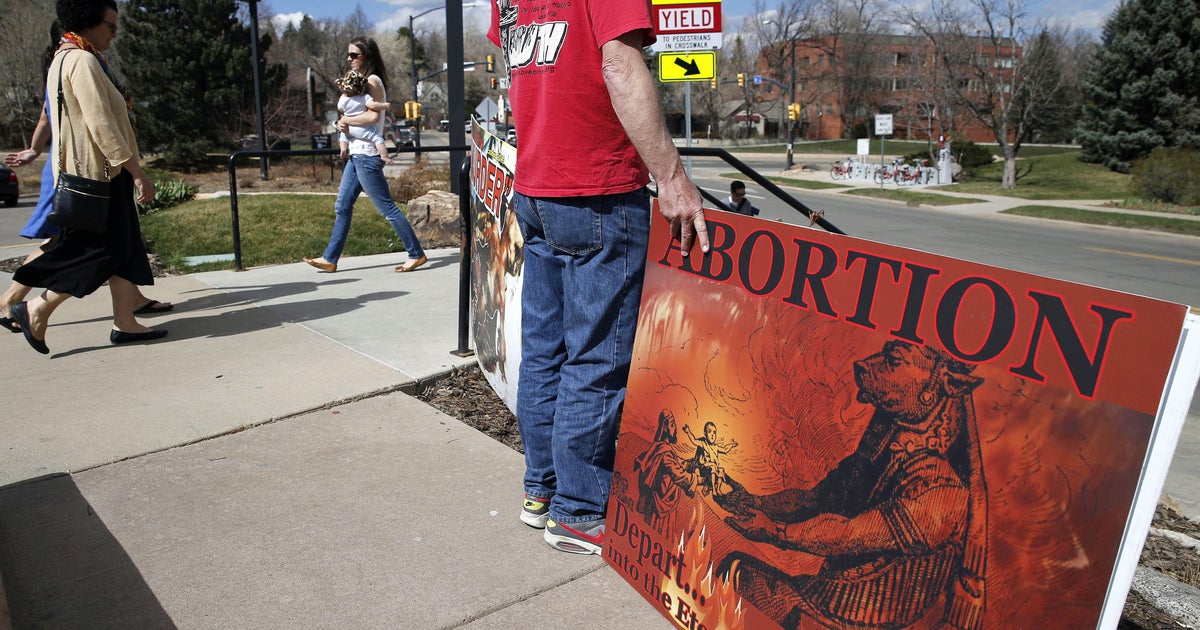Economic growth remains solid, shrugging off recession fears

The U.S. economy ended last year on a solid footing despite the pressure of high interest rates and widespread fears of a looming recession.
The Gross Domestic Product — the sum of all goods and services that make up the economy — expanded at a 2.9% annual pace from October through December of 2022, the Commerce Department said Thursday. For the year overall, GDP grew 2.1%.
Thursday’s estimate showed that the economy slowed last quarter from the 3.2% annual growth rate it had posted from July through September. Most economists think the economy will slow further in the current quarter and slide into at least a mild recession by midyear.
The housing market, which is especially vulnerable to higher loan rates, has already been badly bruised: Sales of existing homes have dropped for 11 straight months. And consumer spending, which fuels roughly 70% of the entire economy, is likely to soften in the months ahead, along with the still-resilient job market.
“Consumer spending — the economy’s main growth engine — is expected to weaken as income growth softens and households can no longer rely on excess savings to maintain their desired pace of spending,” economists at Oxford Economics said in a note.
More interest-rate hikes on the way
The economy’s expected slowdown is a planned consequence of the Federal Reserve’s aggressive series of rate hikes. The Fed raised its benchmark rate seven times last year in a bid to reduce growth, cool spending and crush the worst inflation bout in four decades. It is set to do rate hikes again when it meets next week, though this time by a smaller amount.
Inflation remains stubbornly high even though it has been gradually easing. Year-over-year inflation was raging at a 9.1% rate in June, a 40-year high. It has since cooled — to 6.5% in December — but is still far above the Fed’s 2% annual target.
Good times may not last
The resilience of the U.S. job market has been a major surprise. Last year, employers added 4.5 million jobs, second only to the 6.7 million that were added in 2021 in government records going back to 1940. And last month’s unemployment rate, 3.5%, matched a 53-year low.
But the good times for America’s workers aren’t likely to last. As higher rates make borrowing and spending increasingly expensive across the economy, many consumers will spend less and employers will likely hire less.
“Looking ahead, recent data suggest that the pace of expansion could slow sharply in Q1, as the effects of restrictive monetary policy take hold. From the Fed’s perspective, a desired slowdown in the economy will be welcome news,” Rubeela Farooqi, chief U.S. economist at High Frequency Economics, said in a note. “However, even as growth slows, a focus on lowering inflation means rates will remain higher for longer.”
Another threat to the economy this year is rooted in politics: House Republicans could refuse to raise the federal debt limit if the Biden administration rejects their demand for broad spending cuts. A failure to raise the borrowing cap would prevent the federal government from being able to pay all its obligations and could shatter its credit.
Moody’s Analytics estimates that the resulting upheaval could wipe out nearly 6 million American jobs in a recession similar to the devastating one that was triggered by the 2007-2009 financial crisis.
World News || Latest News || U.S. News
Source link



